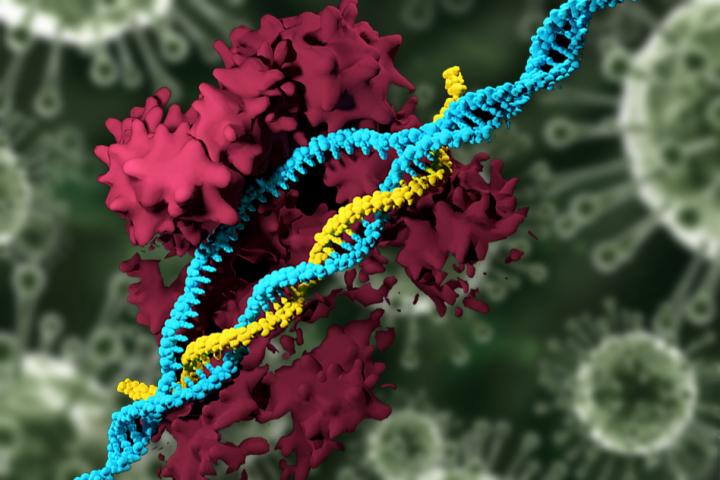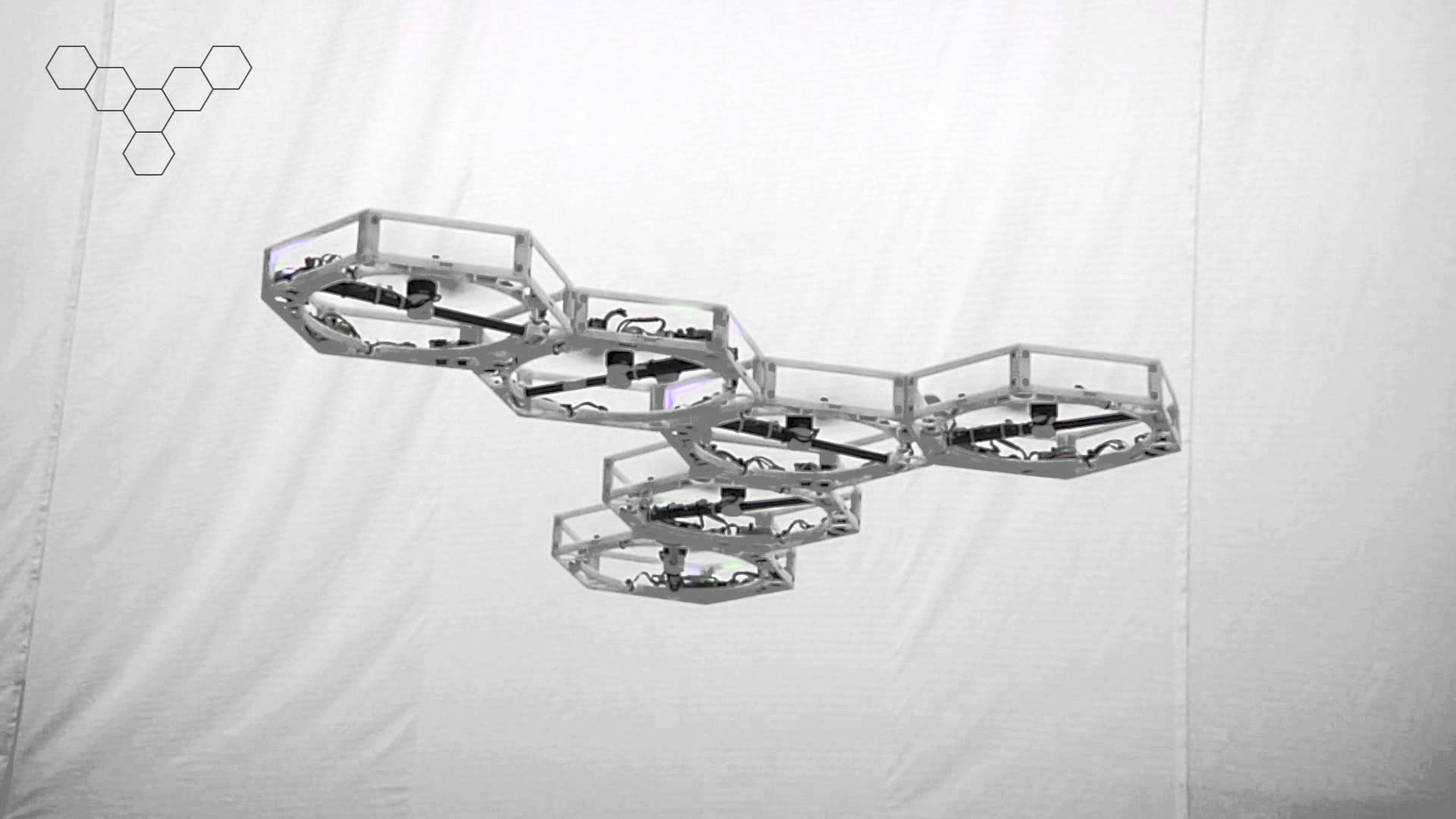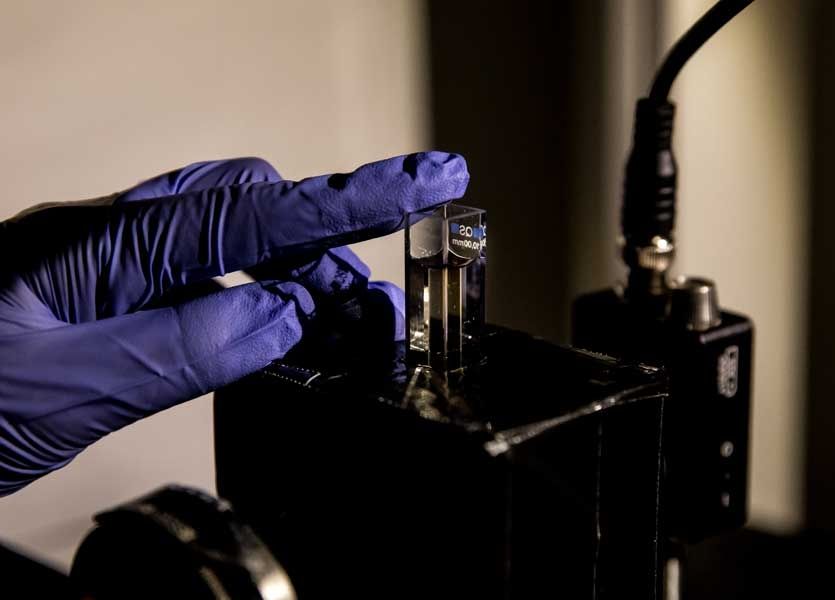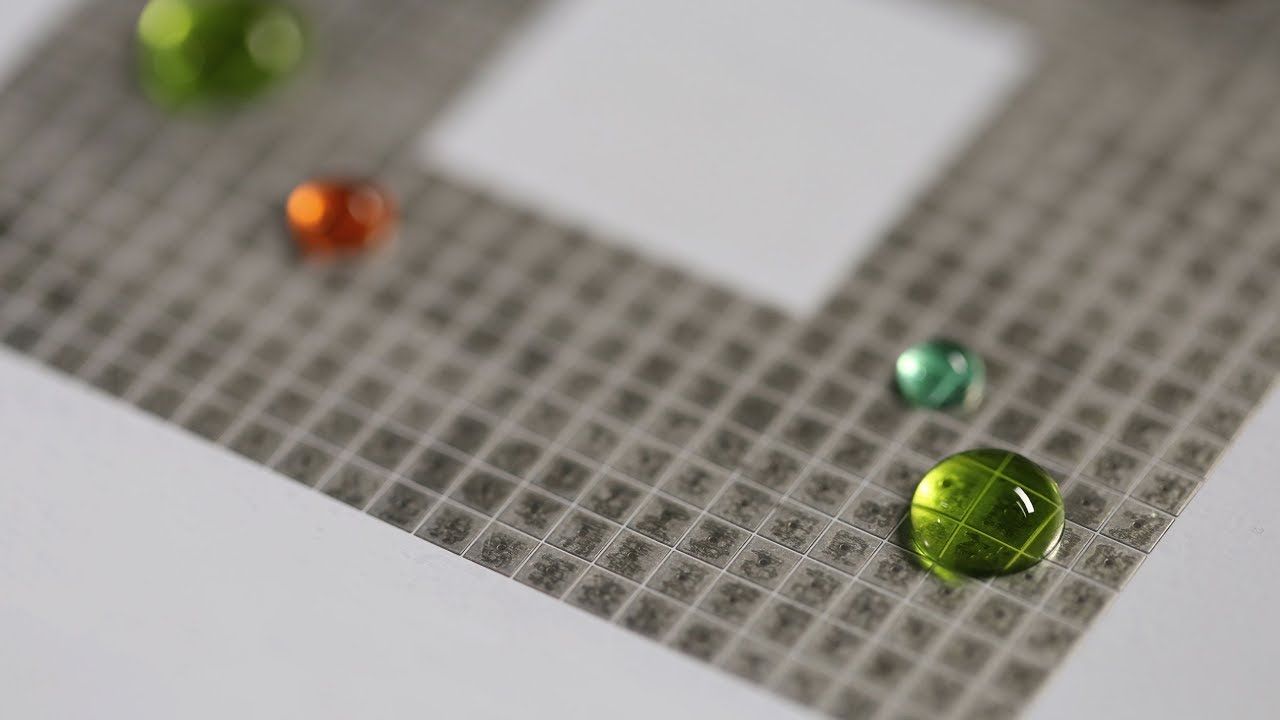Jan 20, 2018
Can We Slow Aging in our Bodies with Intermittent Rapamycin Therapy?
Posted by Brady Hartman in categories: biotech/medical, life extension
Looking back at best of 2017)
The finding was a milestone in the field of anti-aging science. Professor Judith Campisi, Ph.D., a celebrity in the anti-aging field, and lead author of the study remarked
“Imagine the possibility of taking a pill [rapamycin] for a few days or weeks every few years, as opposed to taking something with side effects every day for the rest of your life. It’s a new way of looking at how we could deal with age-related maladies.” – Judith Campisi, PhD
Continue reading “Can We Slow Aging in our Bodies with Intermittent Rapamycin Therapy?” »


















